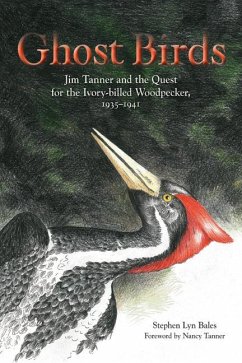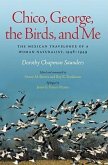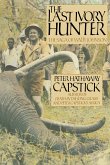In 1935 naturalist James T. Tanner was a twenty-one-year-old graduate student when he saw his first ivory-billed woodpecker, one of Americas rarest birds, in a remote swamp in northern Louisiana. At the time he was part of an ambitious expedition traveling across the country to record and photograph as many avian species as possible, a trip organized by Dr. Arthur Allen, founder of the famed Cornell Lab of Ornithology. Two years later Tanner hit the road again, this time by himself and in search of only one speciesthat ever-elusive ivory-bill. Sponsored by Cornell and the Audubon Society, Jim Tanners work would result in some of the most extensive field research of the magnificent woodpecker ever conducted. Drawing on Tanners personal journals and written with the cooperation of his widow, Nancy, Ghost Birds recounts, in fascinating detail, the scientists dogged quest for the ivory-bill as he chased down leads in eight southern states. With Stephen Lyn Bales as our guide, we experience the same awe and excitement that Tanner felt when he returned to the Louisiana wetland he had visited earlier and was able to observe and document several of the ghost birdsincluding a nestling that he handled, banded, and photographed at close range. Investigating the ivory-bill was particularly urgent because it was a fast-vanishing species, the victim of indiscriminant specimen hunting and widespread logging that was destroying its habitat. As sightings became rarer and rarer in the decades following Tanners remarkable research, the bird was feared to have become extinct. Since 2005, reports of sightings in Arkansas and Florida made headlines and have given new hope to ornithologists and bird lovers, although extensive subsequent investigations have








